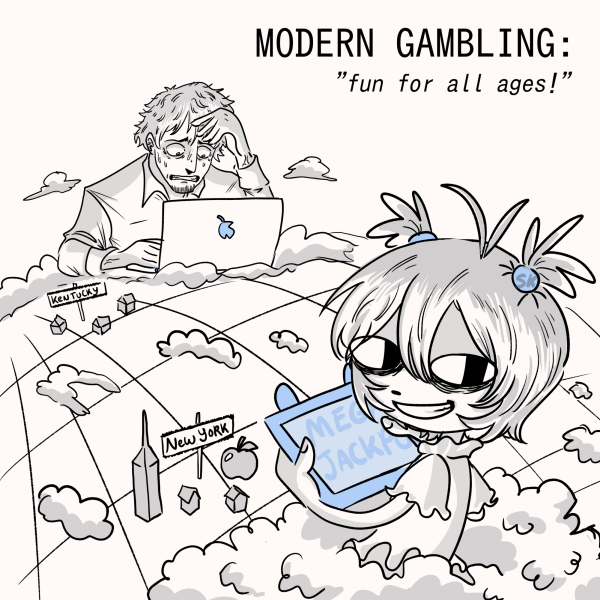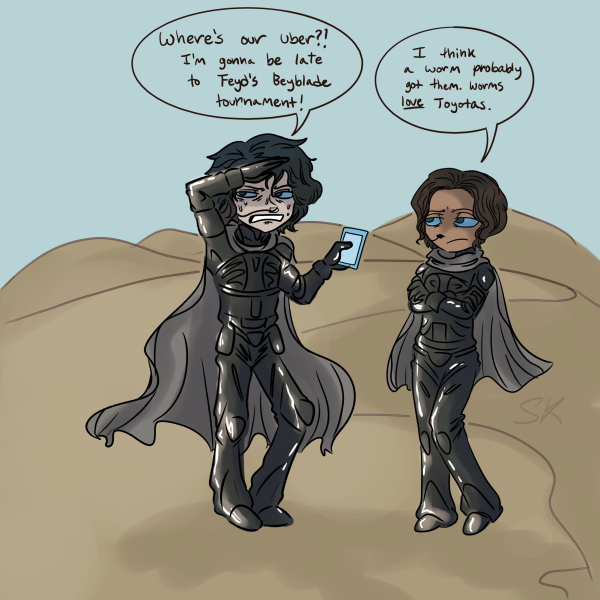Opinion—Film Review: Cycling into Italian Neorealism with ‘Bicycle Thieves’
Italian Neorealism film, Bicycle Thieves, show viewers that the little things may not always be that little.
September 3, 2021
Going into my fourth year at NMU, I have had the opportunity to experience a wide variety of films as I minor in film studies. Classes like Introduction to Film, Topics in Film Theory, Authorship in Cinema and now History of World Cinema have all showcased brilliant movies that everyone should watch at least once in their lives.
As my current film class goes into the second week of the fall semester, Dr. Marek Haltof took the class into the world of Italian Neorealism. This film movement lasted between 1944-1949 and contained an open form narrative – ranging from partisan heroes to contemporary social problems.
Italian Neorealism does not showcase fake films per se; the film movement steers from these contrived plots and uses ‘nobody’ actors rather than professionals. Through and through, Italian Neorealism captured the beauty of ordinary life. An on-location setting, natural light and working-class protagonists all were factors into the film movement.
Dr. Haltof introduced many key directors and films during the movement. Roberto Rossellini’s Rome, Open City being one of the prominent directors and films of the time. However, the class was shown the Oscar honorary award-winning film, Bicycle Thieves by Vittorio De Sica.
Bicycle Thieves follow an unemployed man, Antonio Ricci, in the depressed post-World War II economy of Italy. Antonio is a father to two children and husband to his wife, Maria. The film addresses the importance of Antonio’s bicycle early on in the film when he is told that he needs to have a bicycle in order to work the job. With his bicycle at the pawnshop, Maria decides to sell their bedsheets in order to get enough money to retrieve the bicycle.
All goes well at the beginning of the story, Antonio gets his bicycle and heads to work for his first day. However, the moment Antonio begins to work on his own, a thief comes and steals his bicycle. Frantic to get it back, as Antonio knows without it he will be out of work, he chases the thief throughout the city until he gives up for the day, exhausted from the search.
Though the story does not end there, Antonio continues his search for his bicycle, spending the entirety of the following day searching alongside his 8-year-old son, Bruno. The father and son duo travel all across the city looking for leads to the whereabouts of the bicycle – going so far as to even speaking with a backstreet fortune teller Antonio early on in the film mocked.
However, in the end, the story does not end on a happy note. After spending the entire day searching in vain and in a desperate attempt to not lose his job, Antonio attempts to steal someone else’s bicycle, only to be beaten and humiliated in front of his son. The film ends with a distraught Antonio and Bruno walking home crying and holding hands.
While the plot is a huge part of the film’s story, without the characters, the film very well could have been completely different. Following Italian Neorealist traits, both of the main characters were played by ‘nobody’ actors. Though this could be seen now as risky in today’s film age, this is what made Italian Neorealism films the films they were.
Lamberto Maggiorani plays our main character, Antonio Ricci. Maggiorani does a wonderful job playing the role of a father and husband desperate to keep his family alive during the depressing age of post-World War II Italy. With this being Maggiorani’s first film debut, his acting brings authenticity to the story, making the audience feel as though they are there with him.
On the film’s IMDB trivia page, one fact that stood out to me was De Sica’s observation of Maggiorani. Maggiorani was very shy and embarrassed throughout the shooting due to his inexperience as an actor, resulting in him becoming anxious when he couldn’t do what De Sica wanted him to. However, De Sica did not baby Maggiorani – these anxious movements later were praised as they fit well with the character of Antonio.
“The way he moved, the way he sat down, his gestures with his hands hardened from work, the hands of a working man, not of an actor…I made him promise that after the film he would forget the cinema and would go back to his job,” De Sica said.
My personal favorite is Enzo Staiola as Bruno Ricci. The young boy, while inexperienced, did an absolutely amazing job at playing the role of a son dragged along by his father on the search for a bicycle. Staiola showcased perfectly the emotional cracking of young Bruno as his optimism faded throughout the film.
With Staiola playing Bruno, I believe it added a sense of comedy and light-heartedness to the story that helped keep the audience’s attention. The film could have easily been dragged on with just Antonio and his search for his bicycle, but having Bruno there beside him showed another side of this time in Italy – showing the audience more of who was affected by the stolen bicycle.
For such a mundane story, I thought the film was beautiful. It showcased a raw side of the time with the working-class side of living and put into perspective just how important simple things are to those who are working. For many, getting your bicycle stolen may not seem like the end of the world, but for that time period, it was. That bicycle was how Antonio made a living and kept his family alive.
As I watched the film, I began to root for Antonio, holding out hope that he would get his bicycle back and that all would go well for him and his family. When that didn’t happen, I was left with a pit of emptiness, almost angry that the film ended the way it did.
Unfortunately, that was how life was. That was the realness of the story that I did not understand until afterward. Italian Neorealism shows the beauty of ordinary life, yes, but it also shows the cruelty of ordinary life and reminds us that not everything works out in the end.






























